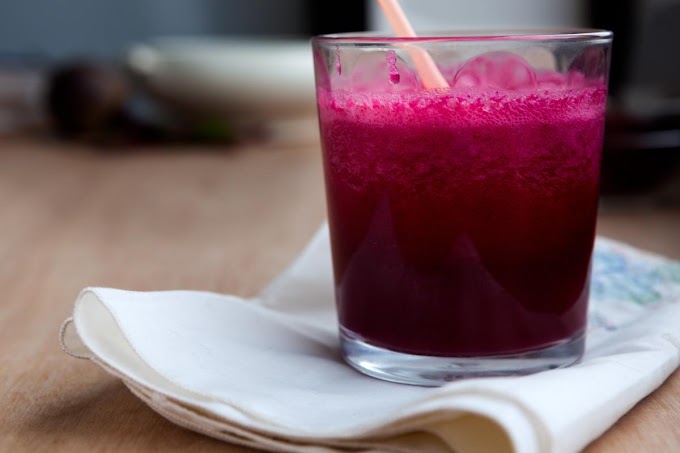The Main Ingredient: 100% Pure Beef
McDonald’s has long advertised that their hamburger patties are made from "100% pure beef." According to the company, this means that the patties consist entirely of beef with no fillers, additives, or extenders such as soy, cereal grains, or other non-meat ingredients. But what exactly does "100% beef" entail?
Sourcing the Beef
McDonald’s sources its beef from various suppliers around the world. These suppliers are held to strict quality standards to ensure the beef meets the company's safety and taste criteria. In the U.S., for example, the beef primarily comes from cattle ranches located in states like Texas, Kansas, and Nebraska. The cuts used to make McDonald's hamburger patties include trimmings from sirloin, chuck, and round, which are mixed together to create a leaner blend.
The beef used is mainly ground beef, which means it’s made by grinding together various parts of the cow, ensuring that all pieces meet McDonald's quality standards. This mix of cuts allows for the right balance of flavor, juiciness, and texture in each patty.
How McDonald’s Patties Are Made
Once the beef is sourced, it goes through a manufacturing process designed to ensure consistency and food safety. The beef trimmings are minced into ground beef, which is then formed into round patties. These patties are flash-frozen to preserve freshness and shipped to McDonald’s restaurants, where they are cooked on a griddle.
The cooking process at McDonald’s is carefully regulated. The patties are cooked to a temperature of at least 69°C (157°F) to ensure they are safe to eat while still retaining their juiciness and flavor. This griddle-cooking technique also helps to create the signature taste of a McDonald’s burger, with a slightly crispy exterior and tender, juicy interior.
What’s Not in McDonald’s Hamburger Patties?
While many people are curious about what goes into a McDonald's hamburger, it's equally important to understand what is not in it. As previously mentioned, McDonald's hamburger patties contain no fillers, artificial flavors, or preservatives. This means you won't find ingredients like textured vegetable protein (TVP), breadcrumbs, or chemicals that are sometimes used in processed meat products to extend shelf life or reduce costs.
In fact, McDonald’s has worked to improve its image over the years by removing certain additives and by-products from its menu items. The focus has increasingly shifted to cleaner, simpler ingredients, especially as more consumers seek transparency in the food industry.
What About the Seasoning?
You may wonder how McDonald’s hamburger patties get their characteristic flavor beyond the beef itself. The answer lies in a simple seasoning of salt and pepper, which is added during the cooking process. This minimalist approach allows the natural flavor of the beef to shine through, without overpowering it with complex seasoning blends or sauces.
This straightforward seasoning aligns with McDonald’s effort to keep its hamburger patty as close to "pure" as possible, while still providing a tasty, satisfying burger experience.
Are There Any Hidden Ingredients?
When it comes to the actual patty itself, McDonald's has made it clear that it contains only beef. However, the complete hamburger (when including the bun, cheese, condiments, etc.) has a few more ingredients. The standard hamburger includes pickles, onions, ketchup, mustard, and a regular bun. The bun contains ingredients like flour, water, sugar, yeast, and some preservatives to maintain freshness.
While these additional components don't affect the patty directly, they do contribute to the overall nutritional profile of the burger. For those who are more health-conscious, McDonald’s provides detailed nutritional information on its website so you can see exactly what’s in each component of the meal.
Nutritional Information
A regular McDonald’s hamburger (including the bun, toppings, and condiments) contains approximately 250 calories, with 9 grams of fat, 31 grams of carbohydrates, and 12 grams of protein. Of course, the patty itself makes up a large portion of the protein and fat content.
The beef patty in a standard McDonald's hamburger weighs about 1.6 ounces (45 grams) and has roughly 90 calories. It contains 8 grams of protein and about 6 grams of fat. This makes it a relatively lean option compared to some other fast-food offerings, especially when considering that McDonald's hamburgers are generally smaller in size than other burgers on the market.
For those looking for a more substantial meal, McDonald’s offers variations such as the Quarter Pounder, which contains a larger patty made from 100% beef, clocking in at 4 ounces of beef per patty.
Concerns and Misconceptions
Despite McDonald’s efforts to provide transparency about the ingredients in its burgers, there have been ongoing concerns and misconceptions surrounding the quality of their meat. For example, rumors of McDonald’s using "pink slime" in their beef patties circulated widely a few years ago. Pink slime refers to lean finely textured beef (LFTB), a processed beef product that was once used in ground beef as a filler.
McDonald’s has since clarified that it no longer uses LFTB in its beef patties and that all patties are now made from pure beef without any additives. The company has even gone so far as to release videos showing their meat production process to dispel myths and reassure customers about the quality of their products.
Another common misconception is that McDonald's uses a large number of preservatives in their patties to extend shelf life. As mentioned earlier, the patties themselves contain no preservatives, though other components of the burger, like the bun, may contain small amounts to maintain freshness.
McDonald’s Commitment to Sustainability
In recent years, McDonald's has made strides toward improving the sustainability of its beef sourcing. As part of its goal to reduce greenhouse gas emissions and lessen its environmental impact, the company has joined initiatives such as the Global Roundtable for Sustainable Beef (GRSB). McDonald’s aims to source a significant portion of its beef from suppliers that meet sustainable and ethical farming standards by 2030.
This initiative not only helps to improve the welfare of the animals but also addresses concerns from environmentally conscious consumers who are mindful of the ecological impact of beef production.
Conclusion
McDonald's hamburger patty is made from 100% pure beef, sourced from trusted suppliers, and free of fillers, additives, and preservatives. The simple seasoning of salt and pepper allows the natural flavors of the beef to stand out, while the company continues to work on maintaining transparency and improving sustainability in its sourcing practices. Whether you're grabbing a quick meal on the go or indulging in some fast-food nostalgia, McDonald's hamburger remains a staple in the fast-food industry, offering a straightforward yet satisfying burger experience.








Social Plugin